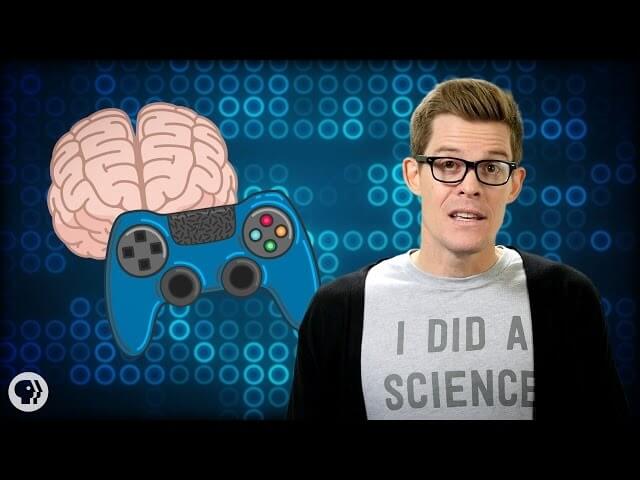Sorry, old-timers, but science says younger gamers are superior

Homer Simpson knew it 26 years ago: It’s damned difficult for parents to beat their children at video games. Adults can try mightily, but kids seem to be able to react more quickly and intuitively during gameplay. It’s like they can see several moves ahead. According to the PBS-produced webseries It’s Okay To Be Smart, written and hosted by Joe Hanson, Ph.D., there’s some science behind this frustrating phenomenon. The most recent episode is titled “What Video Games Teach Us About The Aging Brain,” and it has some potentially discouraging news for any gamer over the age of 24. That’s the point at which, according to Canadian researchers, players start to lag noticeably when presented with new map views during a round of StarCraft II, the game used as a test case. The lag may only be a fraction of a second, but that’s enough to give a younger player a distinct advantage. That may be why, even though video games have broad appeal to numerous age groups, the “elite” players at tournaments tend to be just out of high school.
What is Hanson’s recommendation to players older than 24? Well, for one thing, the news from the Canadian research was not all negative, so don’t despair quite yet. Older players were still able to multitask as well as their younger counterparts, even if their reaction time is slower. Adult gamers may want to rely more heavily, therefore, on strategy to make up for their lack of speed. “Play while you can,” warns Hanson, “because whether you’re an average or an elite player, time is of the essence.” And remember that no reset button in the world will stave off the Grim Reaper.